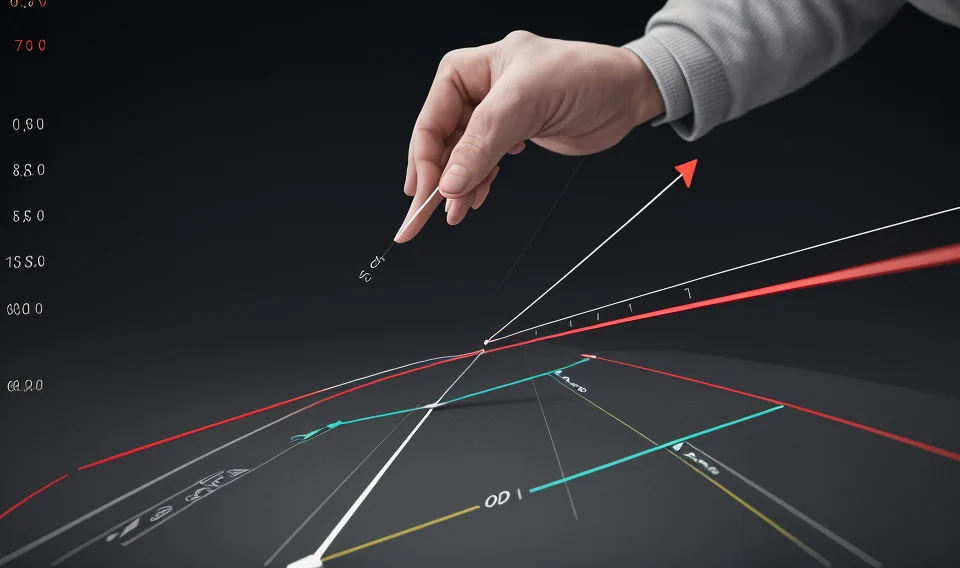![]()
**Cracking GCSE Physics: Mastering Graphs and Data Interpretation**
Welcome to a comprehensive guide on mastering graphs and data interpretation for GCSE Physics! This post is designed to help students, parents, tutors, and teachers navigate the essential skills needed to excel in this critical area.
**Why Are Graphs and Data Interpretation Crucial in GCSE Physics?**
Graphs and data interpretation are fundamental to understanding the world around us, especially in GCSE Physics. They provide visual representations of physical phenomena, making complex data easier to comprehend and analyze. By mastering these skills, you’ll not only enhance your academic performance but also develop a deeper understanding of the physical world.
**Understanding Different Types of Graphs**
1. **Linear Graphs**: Linear graphs are used to represent direct proportion relationships, such as the graph of position vs. time or velocity vs. time. They are essential in understanding motion and simple physics equations.
2. **Exponential Graphs**: Exponential graphs are used to represent relationships where one quantity changes at a constant rate per unit of time. This is useful in understanding topics such as radioactive decay and population growth.
3. **Logarithmic Graphs**: Logarithmic graphs are used to represent relationships where one quantity changes at a constant rate per unit of change in another quantity. They are essential in understanding topics such as the behavior of sound and light.
**Interpreting Data from Graphs**
1. **Identifying Trends**: Recognizing patterns and trends in data is crucial. This can help you predict future outcomes, understand cause-and-effect relationships, and make informed decisions.
2. **Understanding Scales**: Understanding the scales on a graph is essential. The scales can significantly affect how data is interpreted, so it’s important to ensure you understand how to read and interpret them correctly.
3. **Making Calculations**: Graphs can often be used to make calculations more manageable. For example, you can find the slope of a line to find the rate of change or the area under a curve to find the total amount of a quantity.
**Practical Tips for Mastering Graphs and Data Interpretation**
1. **Practice, Practice, Practice**: The more you practice, the better you’ll get. Regularly solve problems involving graphs and data interpretation to build your confidence and skills.
2. **Understand the Concepts**: Don’t just memorize formulas. Understand the physical principles behind them. This will help you apply your knowledge to various situations and interpret data more accurately.
3. **Use Resources**: Utilize textbooks, online resources, and tutors to help you understand complex topics. There are also many interactive resources available online that can help you practice and improve your skills.
4. **Take Your Time**: Don’t rush through problems. Take your time to understand the question, the graph, and the data before attempting to solve the problem.
In conclusion, mastering graphs and data interpretation is a crucial component of GCSE Physics. By understanding different types of graphs, interpreting data correctly, and applying these skills through practice, you’ll be well on your way to success in your physics studies. So, roll up your sleeves, grab your pencils, and let’s crack GCSE Physics together!
Stay tuned for more comprehensive guides on mastering key concepts in GCSE Physics. Happy learning!




